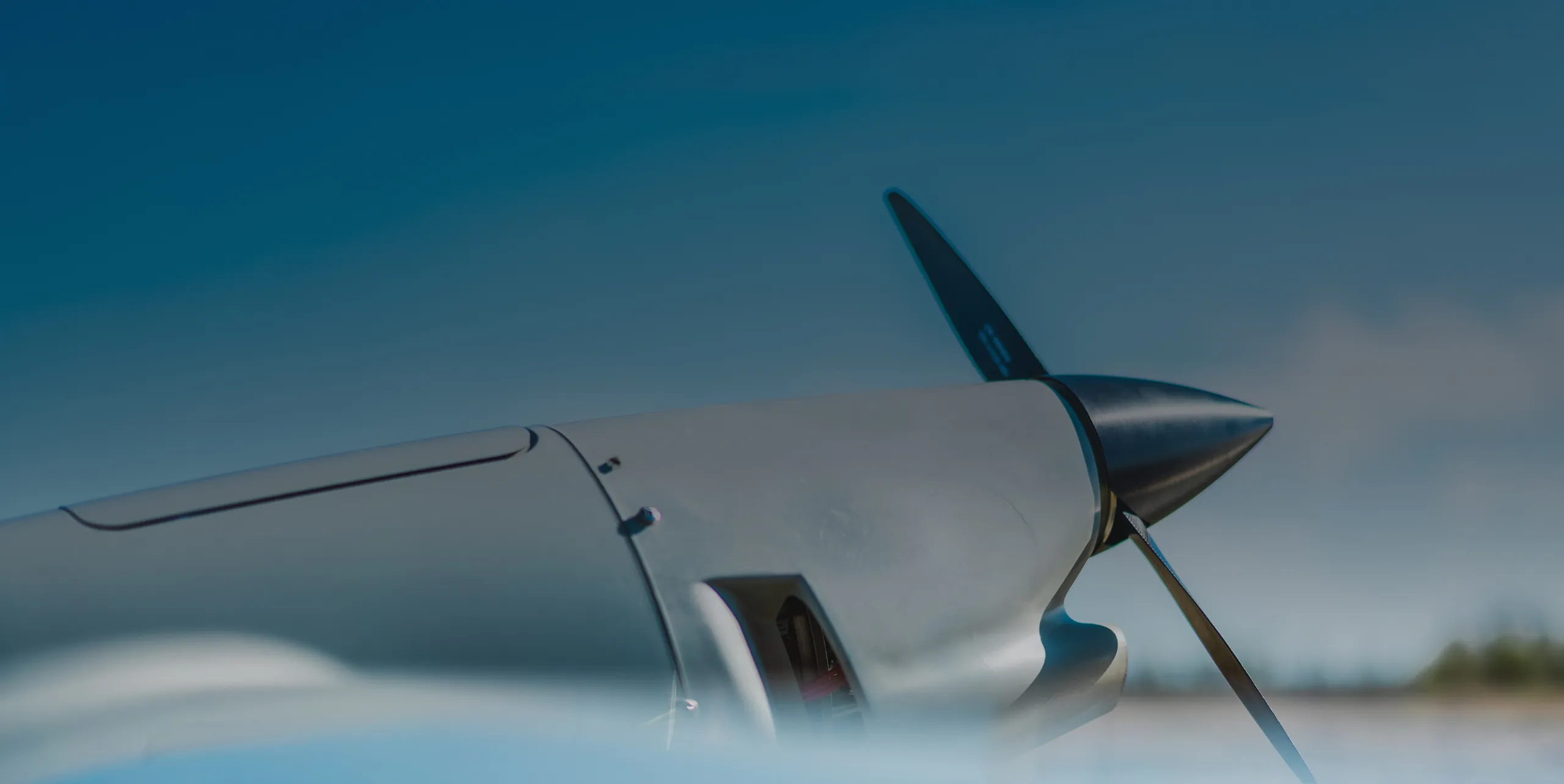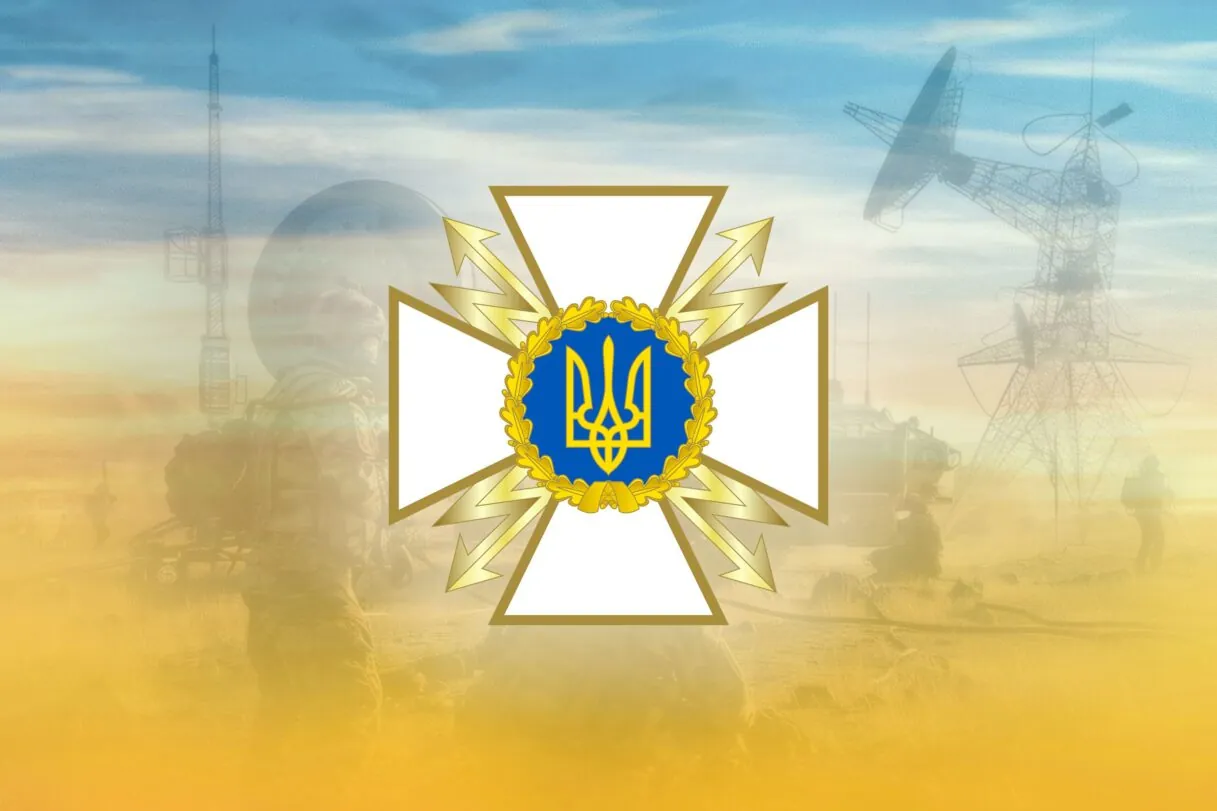 Today is the Day of the Signals and Cybernetic Forces of Ukraine
Today is the Day of the...
Today is the Day of the Signals and Cybernetic Forces of Ukraine
Today is the Day of the...

Advanced technologies implemented in Ukraine – small synthetic-aperture radar.
“We have created a truly unique thing – at our expense and based on our national school, the potential of our engineers and designers. Such solutions are available only in a few high-tech countries.” This is what Radionix claims and has every reason to do so.
They made a small synthetic-aperture radar, which can be installed on both manned and unmanned aerial vehicles. With the new radar, air platforms acquire qualitatively new opportunities. What is the “trick” here?
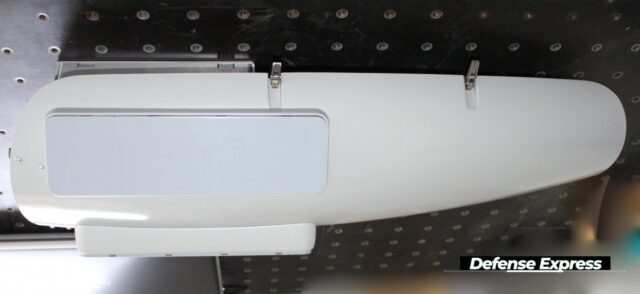
Small-sized synthetic-aperture radar from the company “Radionix”, which can be installed on both manned and unmanned aerial vehicles.
In the armies and power structures of different states, the number of unmanned complexes is increasing almost exponentially. One of the typical tasks for drones is conducting reconnaissance, collecting data on the flight route.
But drones can perform tasks using state-of-the-art optical and infrared sensors if they are not hindered by clouds from observing the earth’s surface. As soon as a small haze, mist, rain or fog appears, the drone becomes powerless.
The only way to obtain intelligence in such conditions is to use synthetic-aperture radar (SAR), which must be installed on an air platform. But it’s just in theory.
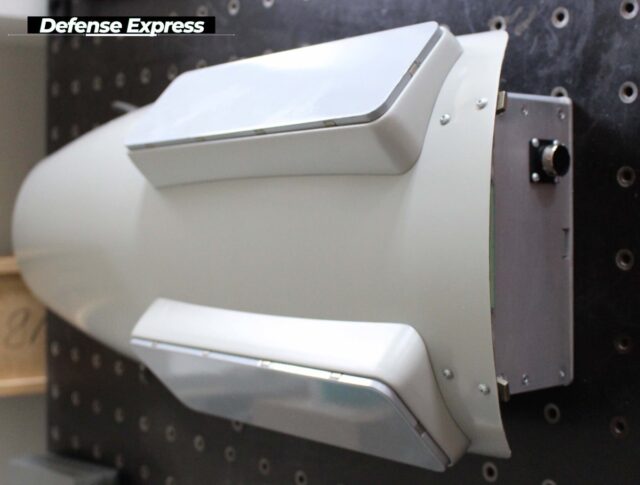
The appearance of small-sized synthetic-aperture radar for use on unmanned aerial vehicle UAS ACS-3 / Raybird – in the version of variable payload. The photo shows the receiving and transmitting strip antennas of the right and left view
In practice, synthetic-aperture radar is used on strategic-level UAVs in some leading countries. The exports of these products are restricted. Foreign SARs have significant weight and dimensions. And a very unpleasant price, if you still agree to sell them.

View of the radar from the front projection
All these traps and restrictions have been circumvented by Radionix, where they have created their own universal small-sized SAR complex. It includes two right-hand and left-line view-transmit and receives antennas; a transceiver module; power amplifier, digital signal processing unit; power supply. Working range – X.
The width of the pattern of the receiving and transmitting antenna in azimuth (aperture 22 cm), – 5.7 degrees. Overall dimensions of the receiving and transmitting module – 196х305х107 mm. Weight – 3 kg.
Device power – up to 20 watts. The on-board power supply is sufficient to ensure the operation of the radar throughout the flight. The SAR module is integrated into the body of the aircraft, and only the antennas protrude a few centimeters beyond it.
The signal received from the radar is processed after the landing of the aircraft: the information is read from the drive installed on the radar and is synthesized using special programs. Getting a picture of the territory is possible in any weather conditions: it will rain or fog, day or night.
With the new SAR, the range of tasks is expanding – it is not only about conducting reconnaissance in fog, but also about opportunities for digital maps.
Radionix worked out all SAR modes in close collaboration with Aviation Production Company Skyeton, working on manned and unmanned aerial vehicles.
In particular, on the already well-known in the Ukrainian army and foreign customers UAS ACS-3 / Raybird. The symbiosis of two private companies and mutual interest in obtaining a new product was the accelerating force for achieving the result.
There are several key highlights in the new SAR. The main thing is that it was done in Ukraine and done well. And radars, and circuitry and, most importantly, unique software. They fought over it for several years and it was the hardest part of the job.
The algorithms for processing the data obtained from the radar have been repeatedly improved so that the user can obtain the necessary information in a very short period. At the same time, it was necessary to provide high requirements for resolution.
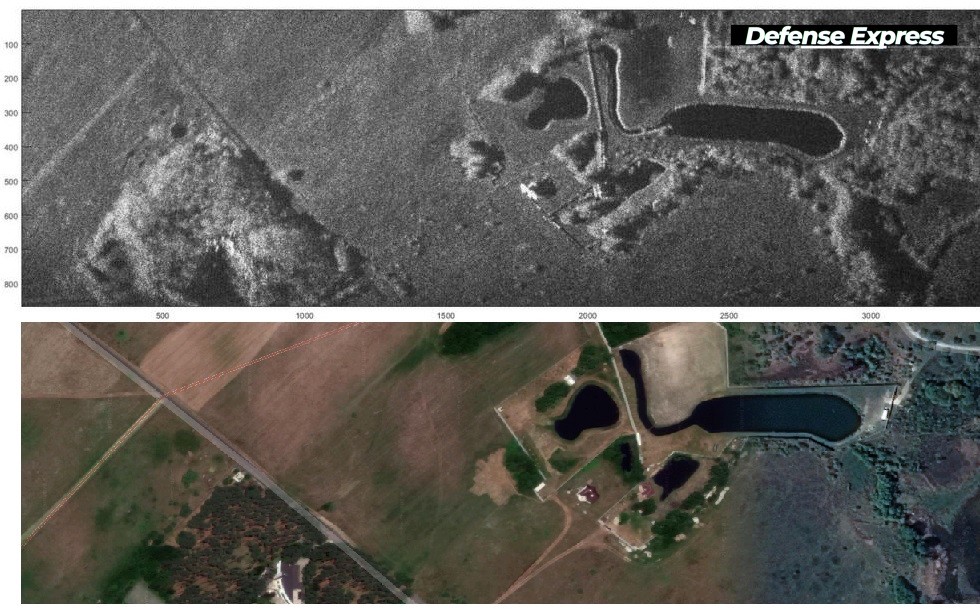
Image of part of the territory after the flight of the SAR with SAR (top) after one of the test flights. Above – the processed image according to SAR data. Below is a photo of the same area.
In its current form, SAR has very good tactical and technical characteristics. These are small size, weight, and high resolution. “If during the first flights we got a fairly approximate image of the surface, today everything is cool,” – say the developers. Achieved resolution in the range of 0.3-0.5 m, regardless of flight altitude. This resolution allows you to distinguish and identify two BMPs or other machines standing at a distance of 30 centimeters from each other.
Given the fact that the drone from the company “Skyeton” can stay in the air for more than a day, the user has virtually unlimited reconnaissance capabilities, based on a tandem of two Ukrainian products: SAR + Raybird.
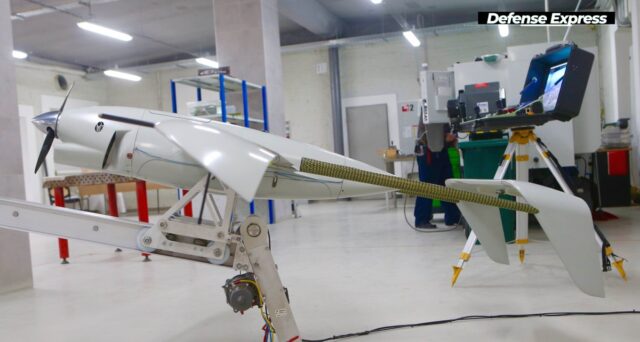
The unmanned complex from the company “Skyeton” became the first carrier of the new SAR radar
The new radar can compete with the nearest competitors not only in technical capabilities, surpassing them in miniaturizing solutions, but also “beat” their price. Thus, the analog of Ukrainian products of one of the leading European companies costs about $ 1 million, which is fully consistent with the price of knowledge and competencies for such high-tech products.
